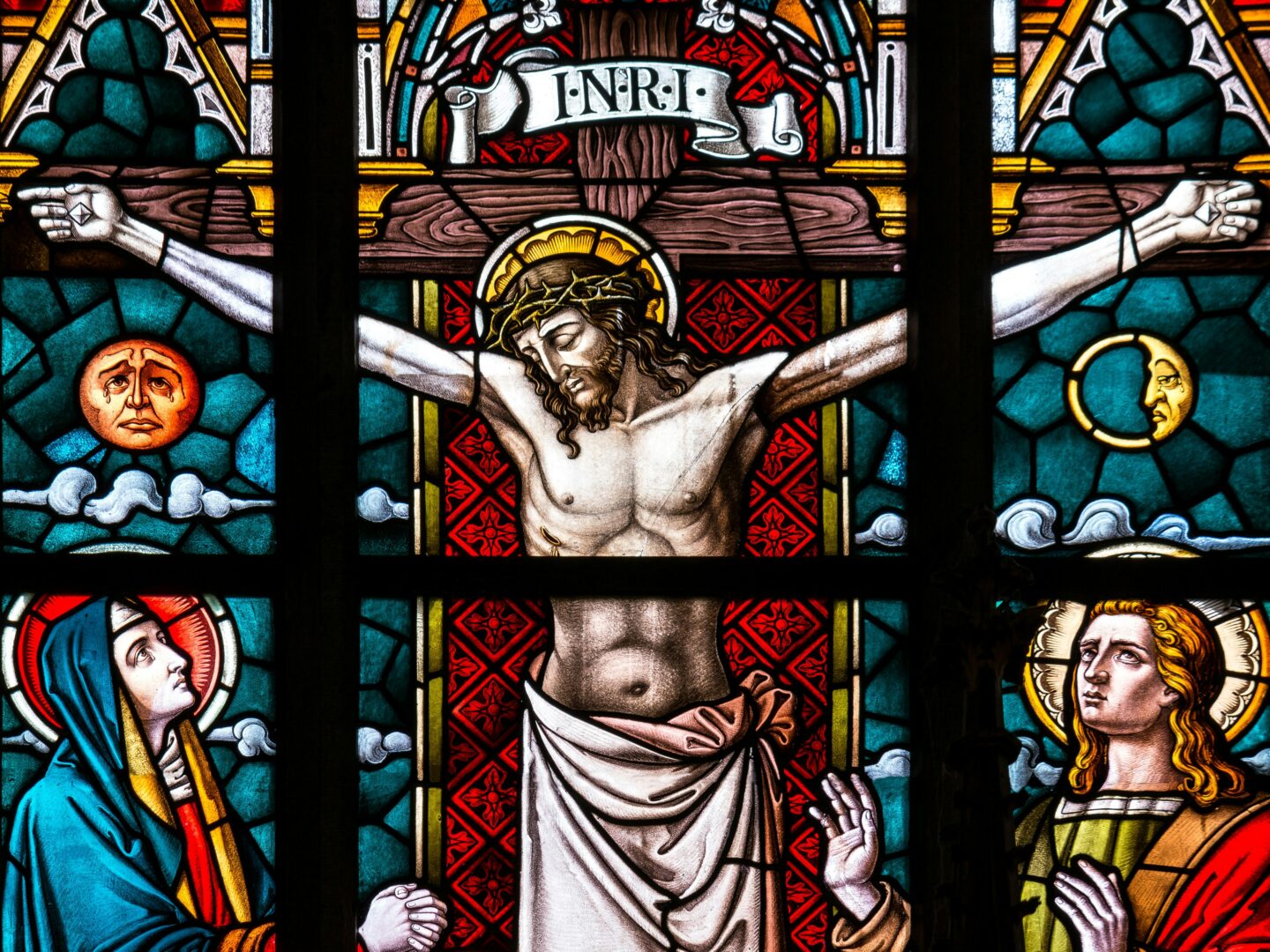When I spoke to one of the nation’s most prominent antiabortion activists this week, she was in the car, rushing to meet her 10-year-old daughter at the school bus.
“It’s not a very neat exercise,” said Marjorie Dannenfelser, when I asked how she manages her work-life balance. Dannenfelser is the president of the Susan B. Anthony List, which has grown to 330,000 members since she and a group of friends founded it in her living room in 1991.
In the upcoming election cycle, the SBA List will contribute $11 million to the campaigns of antiabortion candidates. Dannenfelser also has five kids, ages 10 to 19. “Child care is, you know,” she says, drifting off. “I get someone to help when I have to.”
Recent news stories about the new vitality of the antiabortion movement and its legislative achievements — more than a dozen states enacting record numbers of abortion restrictions this year — have glossed over one crucial fact. The most visible, entrepreneurial and passionate advocates for the rights of the unborn (as they would put it) are women. More to the point: They are youngish Christian working mothers with children at home.
There’s Dannenfelser. There’s her friend Charmaine Yoest, the president of Americans United for Life, who also has five children. There’s Penny Nance, chief executive of Concerned Women for America, with two. (“I feel like an underachiever compared to Marjorie,” she says.)
Shannon Royce, president of Chosen Families, and Kristan Hawkins, executive director of Students for Life, each have two. Lots of working women have children, of course. But these crusaders make their personal experience of motherhood part of their public lives. Sarah Palin drew attention to her strong antiabortion stance by gathering her children — including Trig, who has Down syndrome — around her on the stump. Now these leaders are taking the word “choice” away from the left. Their choice, they’re saying through example, is to have the children and work it out.
Abortion rights activists, take note. These women represent a major strategic shift in the abortion war, and not just because they are generally more likable than the old, white fathers of the antiabortion movement: Jerry Falwell, Henry Hyde, Jesse Helms and Pat Robertson, who in 1991 accused Planned Parenthood of “teaching kids to fornicate, teaching people to have adultery, every kind of bestiality, homosexuality, lesbianism — everything that the Bible condemns.” Their approach to working and mothering — “I’m just doing the best I can, like you” — also reverses decades of harsh judgments from such female leaders on the right as Beverly LaHaye and Phyllis Schlafly.
Most important, they are revising the terms of engagement. Antiabortion activists have traditionally focused their energies on the rights of the fetus. But on the question of women’s rights and women’s health, the old-school warriors have been more vulnerable. What is a poor woman with no support system and a bunch of kids at home to do in the event of an unwanted pregnancy? The old white men couldn’t give an answer. They came across not just as unsympathetic. They were uncomprehending. Simply put, they could not relate.
What these women offer is relatability. They converse frankly and easily about the travails of working mothers: Sometimes you’re full time, sometimes you’re part time; sometimes you’re on a deadline as kids squabble in the background. You ask husbands and mothers-in-law for help and you hire a babysitter when you have to. “I do all the things that every other mom does,” says Nance. “Soccer games and birthday parties and teacher meetings. I’m not saying it’s easy. It’s difficult.”
They are well-educated women. Dannenfelser received her undergraduate degree from Duke University; her first job out of college was in the Reagan White House. Yoest received a PhD from the University of Virginia. Religious faith undergirds their political convictions in all cases. Dannenfelser describes her conversion from the Episcopal Church to Roman Catholicism as being motivated in part by the Catholic emphasis on Mary and the “feminine genius” she represents. “The reality,” she says, “is that we are all called to serve each other.”
This is strong stuff, and it touches the abortion question at its most sensitive core: Most Americans see abortion as morally wrong, yet most also want it to be legal some of the time. And that’s because Americans see what these women’s lives don’t show — that there are imaginable occasions when a pregnancy is not, in fact, a blessing. And that we might serve the world equally well by supporting policies that care for the children who live here already.
